Species Photo Gallery for Ossiannilssonola australis No Common Name 24 |
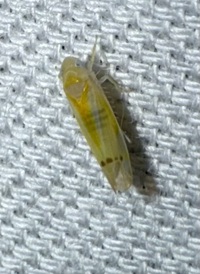 | Photo by: Marilyn Westphal
Henderson Co.
Comment: Attracted to UV light sheet |  | Photo by: Marilyn Westphal
Henderson Co.
Comment: Attracted to UV light sheet. |
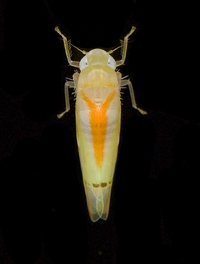 | Photo by: Jim Petranka
Madison Co.
Comment: | 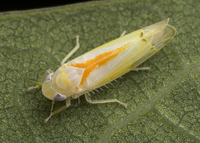 | Photo by: Solomon Hendrix
Wake Co.
Comment: |
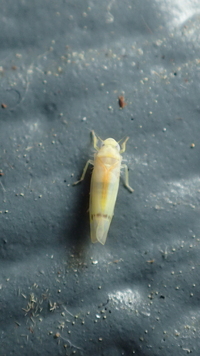 | Photo by: Erich Hofmann
Buncombe Co.
Comment: |  | Photo by: Lior Carlson
Orange Co.
Comment: |
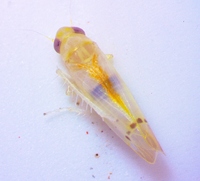 | Photo by: Ken Kneidel
Mecklenburg Co.
Comment: 3.1 mm, came to UV light early at night |  | Photo by: Ken Kneidel
Mecklenburg Co.
Comment: 3.1 mm, came to UV light early at night |
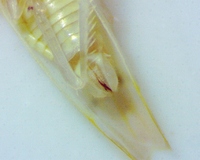 | Photo by: Ken Kneidel
Mecklenburg Co.
Comment: 3.1 mm, came to UV light early at night | 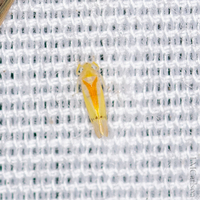 | Photo by: Lior Carlson
Orange Co.
Comment: |
 | Photo by: Rob Van Epps
Mecklenburg Co.
Comment: Came to UV light. | 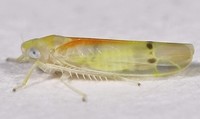 | Photo by: Rob Van Epps
Mecklenburg Co.
Comment: Came to UV light. |
 | Photo by: Randy Emmitt
Orange Co.
Comment: UV light | 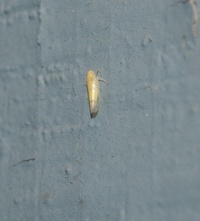 | Photo by: vin stanton
Buncombe Co.
Comment: |
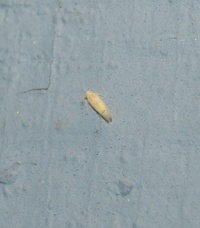 | Photo by: vin stanton
Buncombe Co.
Comment: | 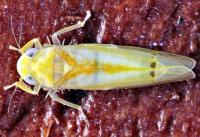 | Photo by: Ken Childs
Out Of State Co.
Comment: |
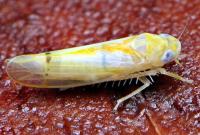 | Photo by: Ken Childs
Out Of State Co.
Comment: | 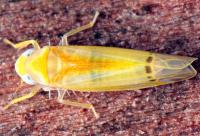 | Photo by: Ken Childs
Out Of State Co.
Comment: |
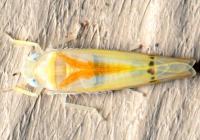 | Photo by: Ken Childs
Out Of State Co.
Comment: | 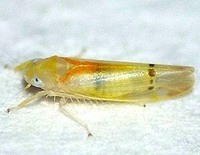 | Photo by: Paul Scharf
Warren Co.
Comment: Attracted to Light |
 | Photo by: Kyle Kittelberger
Wake Co.
Comment: open habitat near mixed hardwood forest edge; on a lawn |  | Photo by: Paul Scharf
Warren Co.
Comment: Attracted to Light |
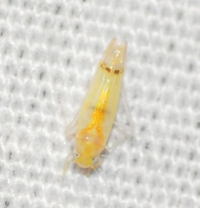 | Photo by: Kyle Kittelberger, Brian Bockhahn, Paul Scharf
Warren Co.
Comment: mixed hardwood, open forest near lake edge | 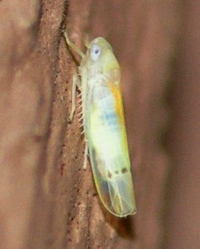 | Photo by: Kyle Kittelberger, Brian Bockhahn
Rockingham Co.
Comment: |
|

 »
»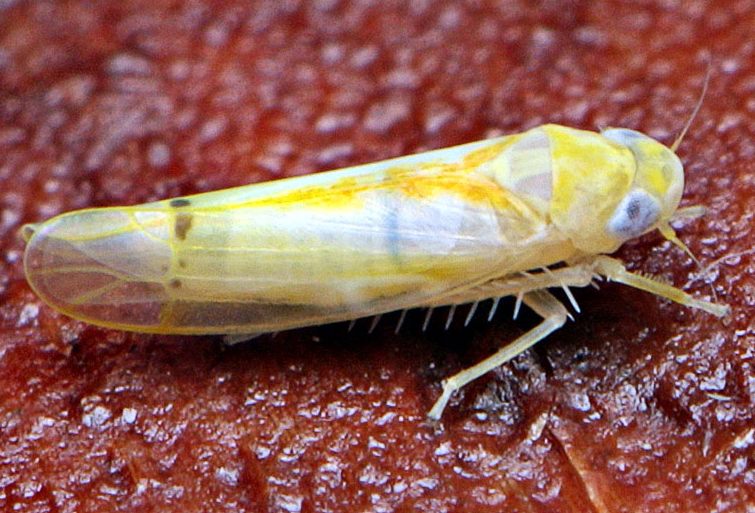

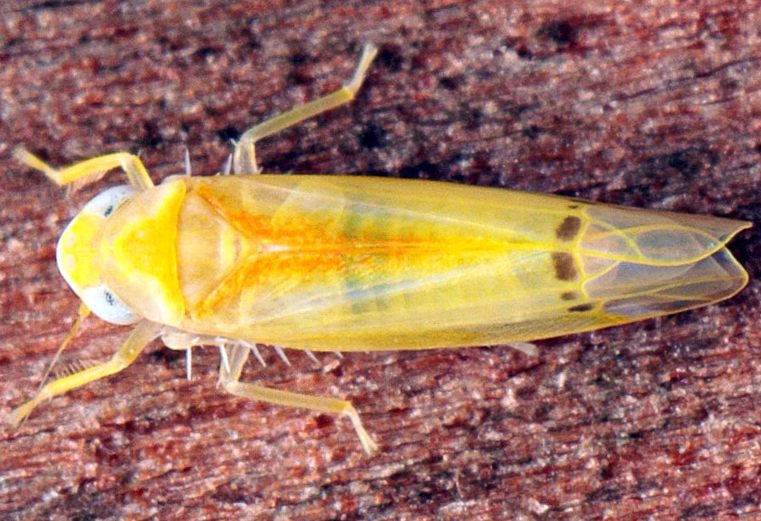
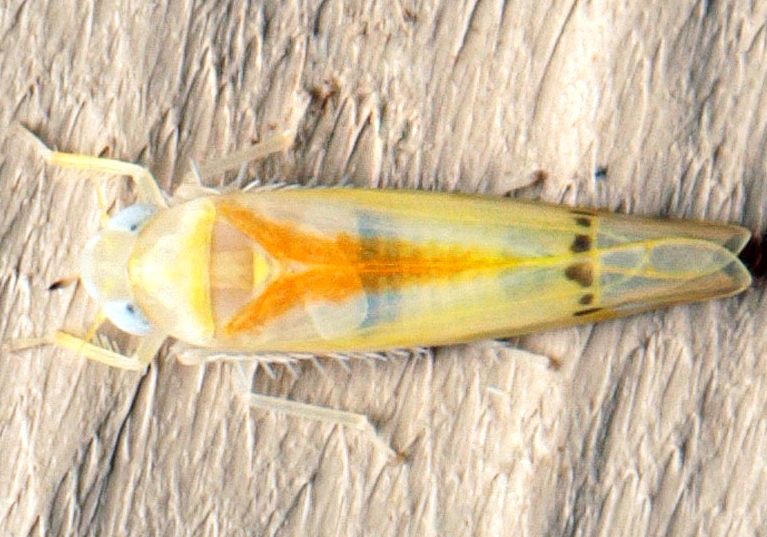

 »
»


